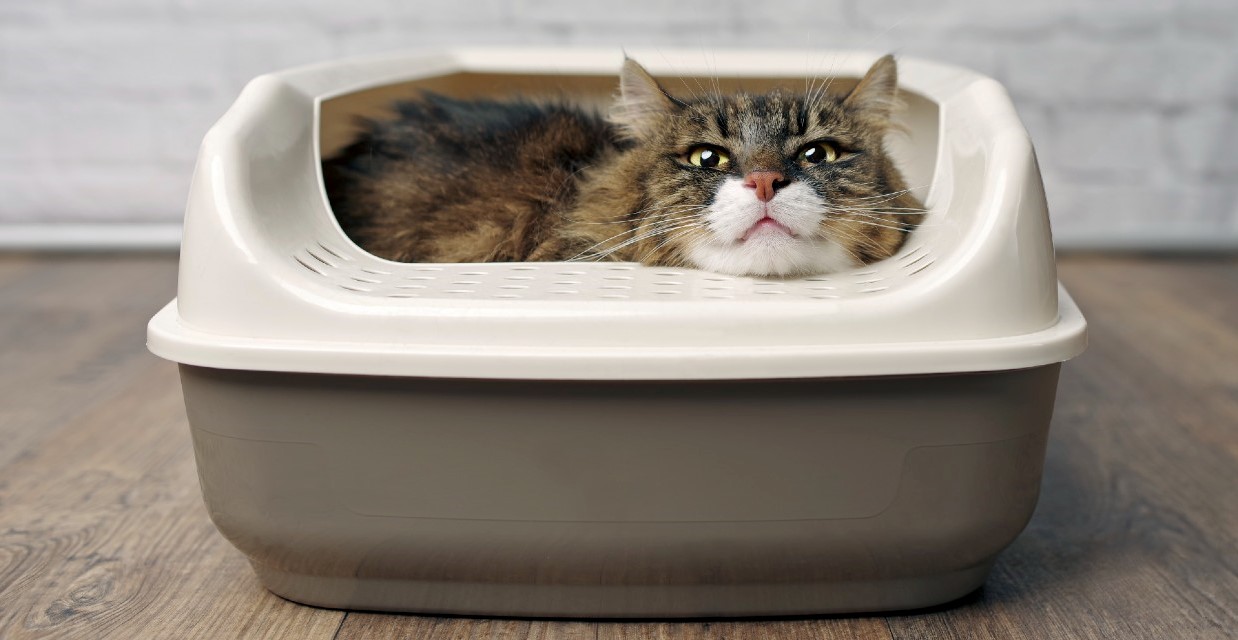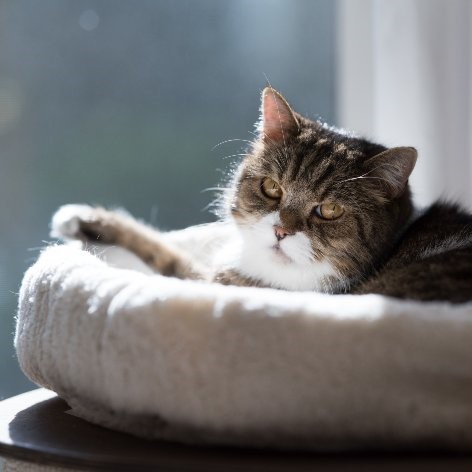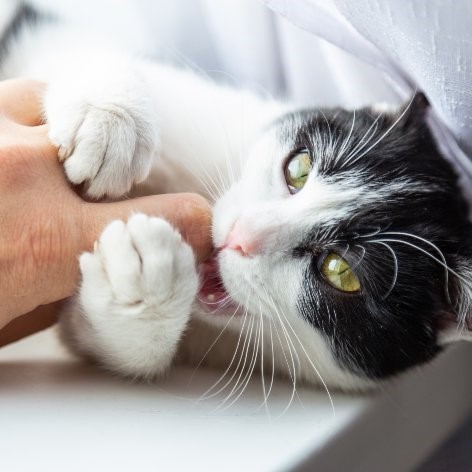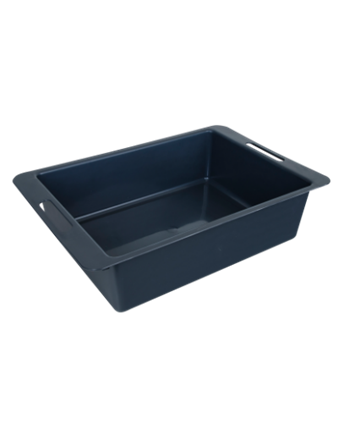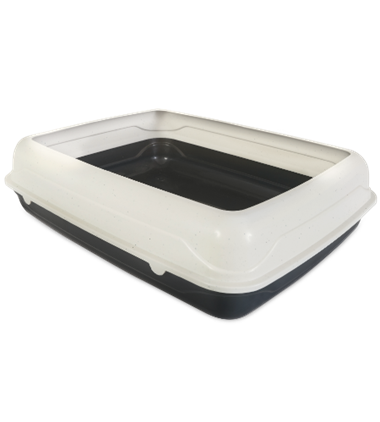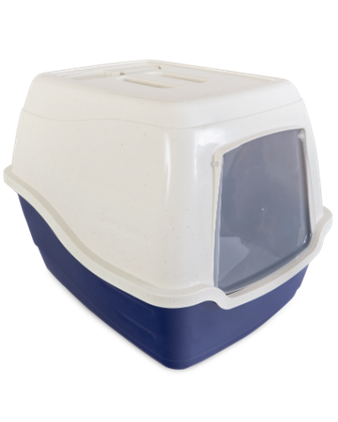Most cats are litter trained as kittens but what if you adopt an adult cat who didn’t use a litter tray in their previous home and instead toileting outside? Or you move from a house to an apartment, or to an area where the council requires cats to be contained to the property.
Can you litter train an adult cat? And, if so, how do you do it?
Why litter train an adult cat?
There are many reasons why you might want or need to litter train an adult cat. The most common reasons include moving to a home where your cat doesn’t have access to a garden, transitioning a free roaming cat to living indoors or having an older cat or one with a medical issue who finds it easier to use an indoor cat litter tray. Many councils now require cats to be contained to the owner’s property and not all homes provide cats with access to a garden or a catio where the cat has an appropriate place to toilet. In these situations, training your cat to use an indoor litter tray is the best option.
How to Litter Train an Adult Cat
Litter training an adult cat is a relatively easy process. However, there are things to be aware of to ensure the process is as stress free as possible, both for you and your cat.
Begin by choosing an appropriate litter tray for your cat’s size.
Generally, cats prefer a large tray that they can comfortably get into, turn around in and squat without hitting their tail on the edge. Ensure you provide plenty of fresh litter inside the trays. Clean the trays daily and top up the litter when needed.
Some cats are very fussy about their litter trays and will not toilet in a dirty tray. You can also experiment to see whether your cat has a strong preference for a certain type of litter (e.g. natural or clumping or crystal) by providing both types at the same time. Your cat’s preferred litter type is the one they use most.
The general rule is to provide one litter tray per cat plus an addition tray. So if you have one cat, provide them with two litter trays in different areas of the home, especially if they don’t have access outside to a garden. Be sure to place the litter trays in an appropriate area. The best places are typically bathrooms and the laundry, away from busy throughfares and noise. Avoid placing the litter trays next to the washing machine or dryer if your cat is scared of them.
The aim is to make the litter trays and their locations as appealing as possible for your cat, so they want to use them and feel safe when doing so.
You also want to ensure the trays are easy to access and use for your cat.
Show your cat where the new litter trays are located. You can also pick up your cat and place them inside if they are comfortable with this. Use encouraging words and verbal praise whenever your cat sniffs or investigates the new litter trays.
Use positive reinforcement, including praise, pats and treats to reward your cat for using the litter trays.
With repetition this positive association with toileting in the litter trays will help ensure your cat repeats the behaviour instead of toileting elsewhere in the house.
With time and consistency, your cat will soon be litter trained.


